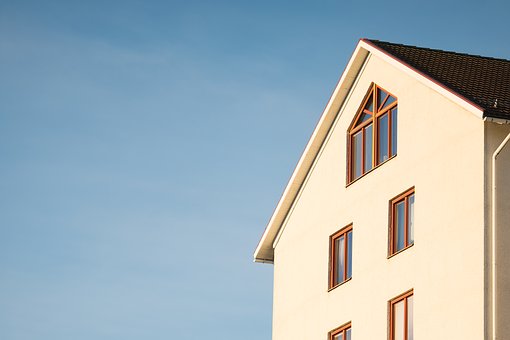Retirement is a great opportunity to enjoy things you could not do when you were working. However, many of those things cost money, and your income is likely to take a substantial hit when you retire. To gain back some financial flexibility, you may need to tap into some of your resources, especially your home. But taking out a traditional loan can often cause more problems than it corrects. A reverse mortgage is a retirement loan that can give you benefits of a standard mortgage with fewer problems.

The Differences a Reverse Mortgage Makes
The biggest difference a reverse mortgage makes when compared to a standard mortgage is you will not have another regular bill to pay when you get a reverse loan. Instead, banks such as Wells Fargo may pay you each month, if you opt to receive monthly installments from your home equity. That means you can have more money to spend without the worry of paying it back right away.
A reverse mortgage is also different because, when you take one out on your home, you are required to keep living there. A traditional mortgage can lead to eviction, if you fail to make your scheduled payments on time. Since you do not have to make payments at set times when you have a reverse mortgage, there is no possibility of defaulting in the traditional sense. However, filing for bankruptcy, moving out of your home or failing to meet the responsibilities of home ownership, such as making tax payments, can lead to defaulting on your reverse loan.
Figuring Out Your Reverse Mortgage Amount
One of the first steps in deciding whether or not to get a reverse mortgage is figuring out how much you can borrow. If your home does not have enough equity, taking out a reverse loan may not be worth it. A reverse mortgage calculator is a tool you can utilize to determine the total available to borrow. Keep in mind what the reverse mortgage calculator says you can borrow and what your home is worth will be two different numbers. Federal rules prohibit you from borrowing an amount equal to your total home equity.
Making Sure You Qualify for a Reverse Mortgage in Other Ways
You have to be at least 62 to get a reverse mortgage. That is why it is often called a retirement loan. Even if a reverse mortgage calculator determines you have enough equity to borrow, you must also qualify in other ways, and so must the property. For example, a credit check is often required. Also, you cannot get a reverse mortgage unless the structure is one you live in permanently. If it is an apartment building with only a few apartments and you own it, you may also qualify. However, one unit must be your personal residence.
Getting a Reverse Mortgage When There is Already a Mortgage on Your Property
You may think you cannot get a reverse mortgage when you already have a traditional mortgage. That is only partially correct. You cannot keep both mortgages for an extended period of time, but you can qualify for a reverse loan still. You just have to pay the standard loan fully and immediately using funds provided by the reverse loan. The advantage of doing so is you can get out of the short-term loan and replace it with the long-term reverse mortgage. Then you can enjoy your retirement without the stress of making constant loan repayments.
Wow pangarap ko rin talaga magkaron ng sariLing bahay at naipundar ko eg . Maganda rin pala ito momsh ..